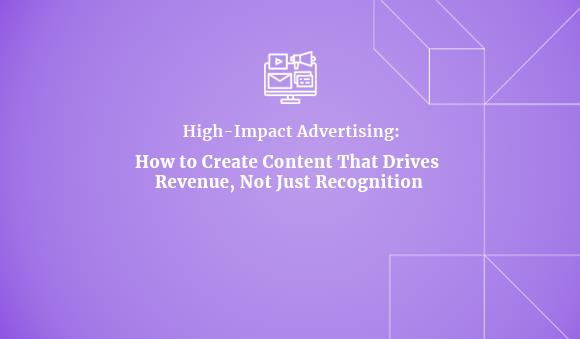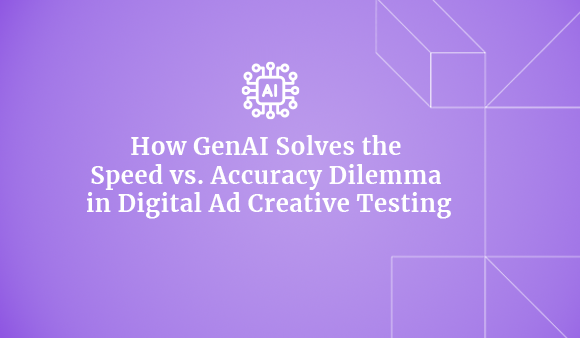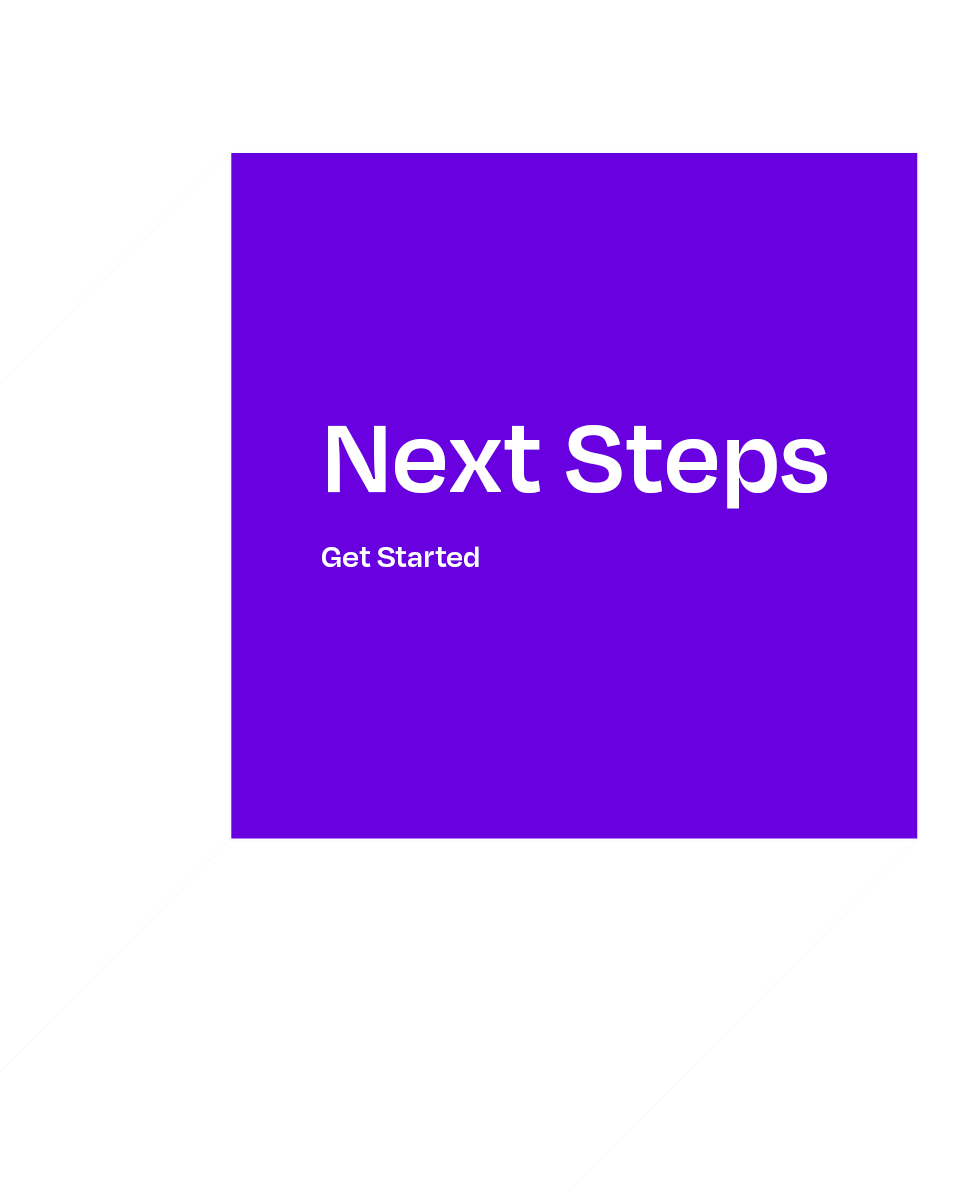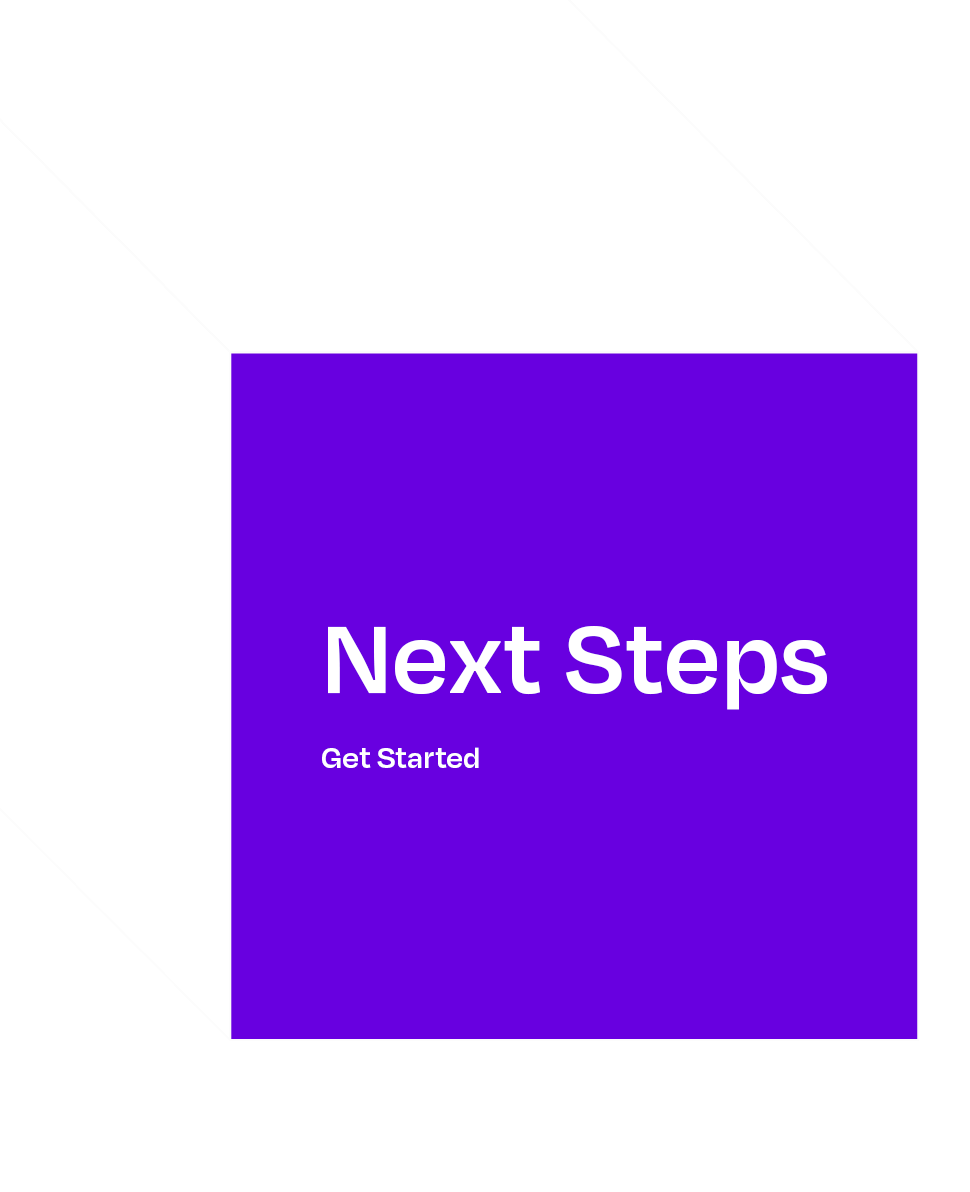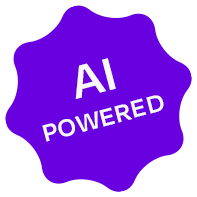2024 is the year when third-party cookies are coming to a definitive conclusion. The state of the programmatic advertising industry is still growing, nonetheless! Programmatic advertising has two groups of people, the Demand side and the Supply side, advertisers who make up the demand side can efficiently target their audience, while publishers who are from the supply side monetize their digital spaces out for advertisers. This synergetic relationship makes the programmatic advertising industry a long-standing one.
Moreover, Programmatic Advertising has been steadily growing over the years, despite the challenges we are seeing with the onset of the cookie-less era, this year programmatic display ads are expected to grow by 15.9%, and programmatic video ads are expected to grow by a whopping 20.9%. But with the depletion of third-party cookies, how is this industry going to thrive? In this blog post, we’re diving into the key trends we are expected to see in 2024 in the programmatic advertising industry.
The Cookie-less Era.
Google has started to roll out the exit of third-party cookies in 1% of users in the first quarter of 2024, by the end of 2024 all users, worldwide will experience the cookie-less era. Marketers are still finding ways to cope with the new era as most of their data when it comes to tracking, targeting, and attribution came from third-party cookies for the last 20 years. Let’s look at some ways marketers can navigate in the post-cookie world using first- and second-party cookies.
i. Forms & surveys
Checking in with your audience is one of the best ways to get feedback, firsthand. Understand your audience better by ensuring regular surveys are conducted to improve customer satisfaction. You also gain insights into what’s working and what isn’t with your audience, thereby improving ROI for your future campaigns. A great way of conducting this is to incentivize the audience for survey completion with discounts, offers, etc.
ii. Relationships with publishers
Make use of the synergistic relationship between the advertiser and the publisher. You can gain second-party data via large organizations which are collected over time to make better campaign decisions. With the depletion of third-party data, marketers will have to rely on these relationships to provide them with essential data to fill the gaps.
iii. Contextual advertising
An alternative to cookies, contextual advertising is a form of marketing that uses the user’s most viewed or preferred content as a reference to target them with similar ads. This is carried out via keywords or topics they are searching for. This is a safer, more privacy-driven collection of data as it doesn’t rely on any personal data. It’s also seen as more effective, as it targets ads to users who are already invested in the product or service. iv. Embracing other solutions
There are still other ways to collect data using identifiers like Mobile advertising IDs which track user interactions on mobile and allow advertisers to deliver hyper-personalized ads without violating privacy. Even solutions like Privacy Sandbox are created to provide privacy for users but also allow some data to be collected by publishers to target relevant audiences with content and ads.
2. Rise of Audio & Podcast Ads
Podcast advertising has steadily grown over the years, with a 26% rise in growth in the year 2022 and it is still expected to surmount to $4 billion in ad revenue by the year 2025. Advertisers and publishers are harping over the engaged audiences listening globally, recent research shows that podcast advertising conversions are better if not on par with other digital advertising channels, making it an optimal medium for both publishers and advertisers. This medium of advertising has shown success as 48% of listeners are multitasking when they are listening to a podcast, making it tough for them to skip ads which could potentially impact ad recall.
In this space, programmatic transactions are set to surpass direct buying in podcasts in 2024, with 30% of advertisers planning to transact most of their podcast ad spend programmatically, making it a rising trend in the programmatic advertising industry.
3. Political Ad Spend is at an all-time high.
2024 marks the start of the new election cycle in the US. With the political ad spending in the States reaching $15.9 billion which is 30% higher than the ad spend in the 2019-2020 cycle, advertisers must prepare for the influx of political ads on digital spaces. Political ad spending towards television ads has reduced when compared to the rise of ad spend in digital ads, making it harder for non-political advertisers to get visibility nearing Election Day.
Advertisers will have to adapt to the scarcity of digital ad placements and high ad spending closer to the day. Non-political advertisers can opt for digital-out-of-home ads, podcast or audio ads that are not yet adopted by political advertisers, or even platforms that restrict political advertising, such as Netflix, Disney+, etc. Brands to also prioritize brand safety, control ad placement, and invest in solutions that maintain ad integrity to cope with the tumultuous election cycle this year.
4. Stepping foot into a sustainable future
There’s no doubt that there is a need to opt for greener initiatives, but how can we drive sustainable changes in the programmatic space? There is a way that also improves ROI for advertisers and holds better inventory for publishers.
With made-for-ad websites, bot traffic, and ad fraud impacting the digital carbon footprint, quality ad placement, and relevant ads must take center stage at a time when people, globally, are taking a stride toward a greener future.
Advertisers can place quality ads that are largely effective for the relevant target audiences in valuable places rather than MFA websites. To preserve energy, brands can even look at moving their DOOH ads which utilize energy to a valuable digital ad space, to reduce their digital carbon footprint.
5. Digital Video Ads are still growing, rapidly.
In the US alone, Connected TV (CTV) programmatic video ad spending is predicted to grow by 18%. Not just on TV, we have noticeably seen a rise in the influx of social media videos when compared to images. Platforms like TikTok and Instagram, especially their reels segment are here to stay. But in the larger scheme of events, the attention levels of audiences are dropping as the videos are becoming shorter and shorter, and it is becoming incredibly hard for advertisers to compete with other brands in the same space.
For brands to consistently stay on top of the attention trends, we have re-invented the wheel and how brands can make data-backed decisions in their ad campaign launches. Our Gen-AI powered AdTech platform measures the Creative Effectiveness of ad campaigns to ensure that brands are sustainable in their approach to producing effective ads while also understanding the audience’s attention using our Attention Heatmaps which go beyond the conventional eye-tracking metrics and go on to track what elements are going to be the most memorable in a particular frame. Track Attention here.
6. Leveraging AI
With the advancements in AI in 2023, neglecting its use in programmatic advertising would not be prudent. AI can hyper-personalize ads to cater to a wide group of audiences at scale, with precision, making it an optimal tool to leverage in the programmatic advertising industry, tools like Salesforce Einstein, Persona.ly, and other AI content tools are making it possible for advertisers to buy ad space, craft compelling content and launch ad campaigns effectively but also at a rapid scale.
AI can analyze consumer data to improve customer experiences and better targeting with tailored messages while still protecting the user’s privacy, what’s not to love?
That’s it! Here are the 6 trends to look out for in the state of programmatic advertising in the year 2024. If you are looking to leverage AI and combat depreciating attention spans, test your ad creative on Incivus. Get in touch with us here.

